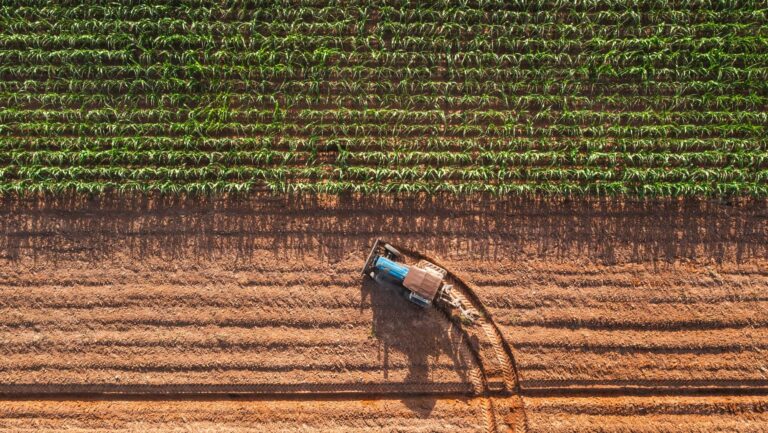What Can We Learn from the Third Largest Swine Farmer in Ohio?
The agriculture industry sometimes gets unduly blamed for problems with the environment, but there are ways to change such negative perceptions of agriculture. One example is the algae blooms seen in western Lake Erie; for over two days in the summer of 2014, half a million Toledo residents were unable to drink their tap water due to toxins in the water. Many blame the runoff from Ohio’s agriculture as one of the main culprits behind the yearly algae blooms.
One issue, pointed out in an article in The Blade, a Toledo newspaper, is that Ohio’s farming permit laws have some loopholes that make it hard to judge how much runoff from agriculture might be making its way to Lake Erie’s watershed. For instance, farms with 2,500 pigs or more require a permit, but those with 2,450 do not. Similarly, one operation may have multiple barns—each housing 2,450 pigs or less—and if each barn is far enough from the others then each barn is considered a separate entity and does not require a permit.
Such numbers could well give those not in agriculture the impression that such producers may be operating in a manner that keeps their operations from permit requirements and scrutiny, and thus allowing them to skirt environmental laws and regulations. The leap from such notions to environmental polluter is not a long one. However, one farmer—poised to soon become the 3rd largest swine farmer in Ohio—is a model for how to stop such negative stereotypes of agriculture and big farms.
Meindert Van den Hengel is one of those farmers with two barns with just under 2,500 pigs each, and he’s opening a third. The new barn will put his swine farm over the 2,500 limit and he is required to get a permit. He did get the permit, but he voluntarily added the third barn on to it, something he’s not required to do. “I want to be held 100 percent accountable,” Mr. Van den Hengel said. “And I see having a permit as a tool so that I can say I am regulated by the state of Ohio. I live by their standards, and I think that gives a clear benchmark,” he was quoted as saying in the The Blade. Van den Hengel also goes above and beyond in other areas of his farm. For instance, he stores manure under his barns and then uses it in the summertime to fertilize his neighbors’ fields.
Going above and beyond what is expected or required by law will always show the agriculture industry in the best light. We at AgAmerica Lending salute all farmers and ranchers who go above and beyond what is required to protect the environment while providing food and products for the U.S. and the world. We never tire of helping the nation’s agribusinesses to grow and prosper with agricultural loans that offer low interest rates, long amortizations, and outstanding 10-year line of credit.






